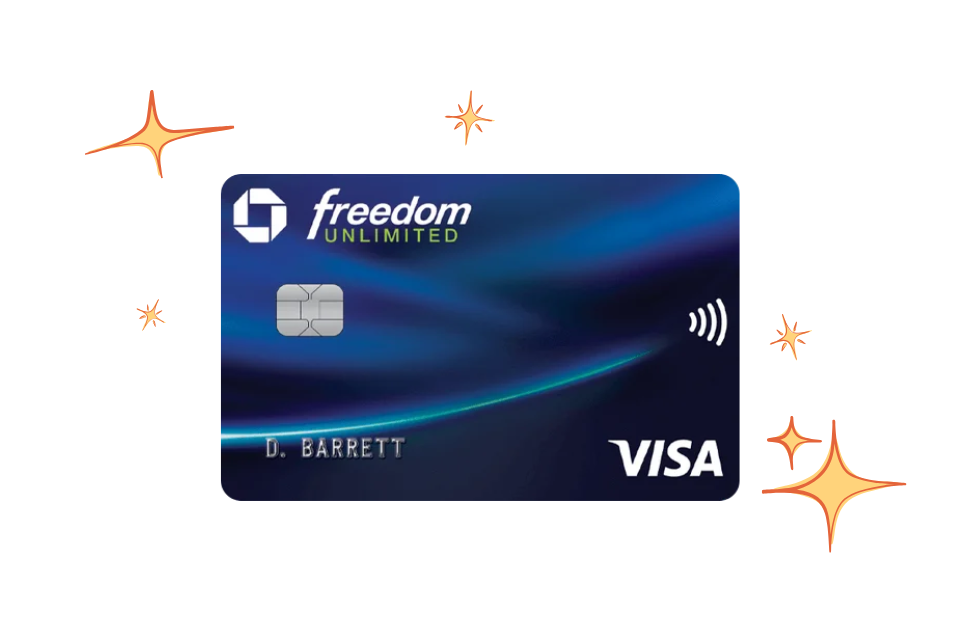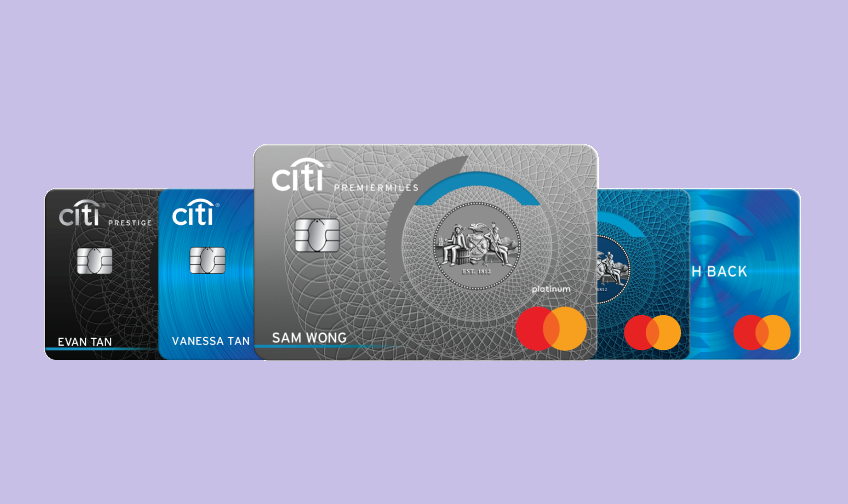The evolution of digital credit cards and their implications for financial security

The Rise of Digital Credit Cards
In our current age, with everything from shopping to banking shifting online, managing personal finances is becoming increasingly streamlined through technology. Digital credit cards are at the forefront of this financial innovation, providing consumers with a host of features that not only simplify payments but also enhance user security. As society becomes more intertwined with digital solutions, it is crucial to understand both the benefits and challenges that come with adopting digital credit cards.
Benefits of Digital Credit Cards
One of the primary advantages of digital credit cards is instant issuance. Users can obtain a digital card immediately upon approval, allowing them to make purchases right away without the wait for a physical card to arrive in the mail. For example, if someone needs to book a flight urgently but doesn’t have a card on hand, they can quickly have a digital card issued. This convenience is invaluable in a world that often demands immediate solutions.
Additionally, enhanced security measures set digital cards apart from their plastic counterparts. Features such as tokenization—where a unique digital token is generated for each transaction instead of using card details—significantly reduce the risk of credit card fraud. The use of virtual card numbers also ensures that your actual card information remains confidential and protected during online transactions.
Moreover, digital credit cards offer seamless integration with mobile wallets like Apple Pay or Google Wallet. This feature allows users to pay effortlessly with just a tap of their smartphone, providing a quick and user-friendly checkout experience. The ability to store multiple cards digitally also helps consumers manage different accounts without the bulk of carrying physical cards.
Challenges to Consider
Despite these advancements, it is vital to recognize some of the potential challenges posed by digital credit cards. As the convenience of digital transactions increases, so does the risk of cyberattacks. Cybercriminals are continuously developing new methods to breach security systems, which makes vigilance crucial for users in protecting their financial information.
Additionally, data privacy issues are a serious concern. Users must be aware of how their financial data is collected, stored, and used by banks and third-party providers. Reading the privacy policies of digital card issuers and being mindful of where and how you share your information can mitigate these risks.
Lastly, there is the danger of over-reliance on technology. While digital tools can enhance convenience, they can also lead to financial mismanagement if users are not careful. Setting budgets and keeping track of spending is essential, as the immediate access to credit can sometimes encourage overspending.
In summary, as we embrace the evolution of digital credit cards, it is paramount to navigate these advancements thoughtfully. Being informed about both the benefits and potential pitfalls will empower consumers to use these financial tools wisely and responsibly, ensuring that their financial well-being remains intact.
DON’T MISS OUT: Click here to discover how to apply effortlessly
Understanding the Technology Behind Digital Credit Cards
To fully appreciate the evolution of digital credit cards, it’s essential to understand the technology that powers them. The transition from traditional plastic cards to digital formats has been driven by advances in several key areas of technology including encryption, cloud computing, and mobile technology. Each of these components plays a critical role in enhancing security and user experience.
How Digital Credit Cards Work
Digital credit cards function similarly to physical cards, allowing users to make purchases online and in-store. However, their underlying technology is distinctly different. At their core, digital credit cards utilize applications and secure protocols to facilitate transactions. When you make a purchase, your device encrypts your card information, which helps protect it from potential threats.
The process starts with a user downloading a banking app or a digital wallet, creating an account, and then either linking their existing credit cards or obtaining a new digital card from issuers. Here are some of the fundamental components involved:
- Encryption: This is the process of converting information into a secure format that cannot be read by unauthorized users. When you enter your card details, encryption scrambles the data, ensuring that it remains safe during transmission.
- Tokenization: This technique replaces sensitive card details with a unique identifier or token for each transaction. So, even if a hacker intercepts the transaction data, the token is useless without the original card information.
- Two-Factor Authentication (2FA): Many digital credit card platforms implement two-factor authentication to add an extra layer of security. Users may be required to enter a code sent to their phone or confirm their identity through another method before completing a transaction.
The Impact of E-commerce Growth
The rise of digital credit cards correlates directly with the explosive growth of e-commerce. As more people shop online, having a secure and efficient payment method becomes more critical. According to recent statistics, online retail sales in the United States surpassed $800 billion in 2020, reflecting a trend that demands reliable and secure payment solutions. Digital credit cards fulfill this need by offering speed and convenience for users looking to make quick purchases.
Moreover, the pandemic accelerated this trend, creating a surge in demand for cashless transactions. As consumers opt for contactless payment methods to minimize interactions, the reliance on digital credit cards reflects a shift in consumer behavior that may become permanent. This new normal could further embed digital credit cards into our daily lives, altering how we think about financial transactions.
In conclusion, understanding the technology behind digital credit cards and their role in the evolving landscape of finance is crucial for anyone planning to utilize these modern tools. Recognizing their advantages, such as improved security and convenience, alongside the implications of their widespread use, can empower consumers to make informed financial decisions as we navigate an increasingly digital world.
DISCOVER MORE: Click here for a step-by-step guide
The Benefits and Challenges of Digital Credit Cards
As digital credit cards continue to evolve, they bring numerous benefits that both consumers and financial institutions can leverage. However, these advantages are coupled with a set of challenges that users must navigate to ensure their financial security.
Advantages of Digital Credit Cards
One of the most significant benefits of digital credit cards is the enhanced security they offer compared to traditional physical cards. With features like tokenization and real-time transaction alerts, users can enjoy a layer of protection that helps mitigate fraud risks. For instance, if a transaction seems suspicious, most digital platforms can send an alert to the cardholder’s mobile device immediately, allowing them to act quickly.
Additionally, digital credit cards often come with convenient features that cater to modern consumer preferences. Many issuers provide users with the ability to create virtual card numbers for online shopping. These unique numbers can be used for single transactions or a limited period to enhance security further. This practice minimizes the risk of exposing a user’s actual card information while shopping online.
Moreover, digital credit card integration within mobile payment platforms like Apple Pay or Google Pay drastically enhances the user experience. Consumers can pay seamlessly by simply tapping their smartphones at retail locations or using biometric authentication, such as fingerprint or facial recognition, which not only speed up the checkout process but also provides a sense of security.
Challenges of Digital Credit Cards
While the benefits are substantial, there are also challenges that consumers should consider. One primary concern involves digital literacy; not all consumers are comfortable navigating the technology required to utilize digital credit cards effectively. Older generations or those unfamiliar with mobile apps may feel apprehensive, which can hinder their adoption of these modern financial tools.
Another challenge revolves around potential cybersecurity threats. Despite advances in encryption and tokenization technology, hackers are continually finding new ways to breach secure systems. Consumers must remain vigilant and proactive in protecting their digital identities. Regular monitoring of account statements and setting up alerts for transactions is vital to identify any discrepancies swiftly.
Moreover, the reliance on digital credit cards raises concerns regarding privacy. Digital transactions can collect data about consumer behaviors and spending habits, which some users may find unsettling. Companies may sell this information to third parties, leading to targeted advertising and unwanted solicitations.
The Regulatory Landscape
As digital credit cards gain traction, regulatory bodies are starting to pay more attention to this evolving landscape. In the U.S., the Consumer Financial Protection Bureau (CFPB) and other agencies are exploring new regulations to manage risks associated with digital financial products. These regulations may focus on promoting transparency and ensuring that consumers are well-informed about the risks and benefits of digital credit card usage.
As we witness ongoing developments in digital credit cards, understanding both the advantages and challenges is essential for consumers. Knowing how to navigate this space can not only enhance personal financial security but also improve overall financial well-being in an increasingly digital world.
DISCOVER: Click here to uncover innovative investment strategies
Conclusion
The evolution of digital credit cards marks a significant shift in the way consumers engage with their finances, offering a combination of enhanced security and convenience that aligns with today’s fast-paced digital lifestyle. As we explored, the features of digital credit cards—such as tokenization and virtual card numbers—have transformed how transactions occur, minimizing risks associated with fraud and offering robust safeguards for users.
However, this transformation is not without its challenges. Digital literacy remains a barrier for some consumers, particularly older generations who may feel alienated by rapid technological advancements. Additionally, the constant threat of cyberattacks necessitates that users stay informed and proactive about their financial security, ensuring they regularly monitor their accounts and understand the importance of cybersecurity practices.
Moreover, as regulators begin to catch up with the pace of innovation, the landscape of digital credit cards will continue to evolve. Policies aimed at promoting transparency and protecting consumers will be essential in fostering trust in these new financial products. To navigate this complex environment, consumers will need to make informed decisions, weighing the advantages against potential risks.
Ultimately, digital credit cards represent a promising advancement in financial technology. By harnessing their benefits while remaining vigilant and educated about their challenges, users can not only enhance their financial security but also enjoy the convenience that these digital tools offer. As we move further into the digital age, being informed and proactive in managing one’s financial health will be paramount to success and security.


